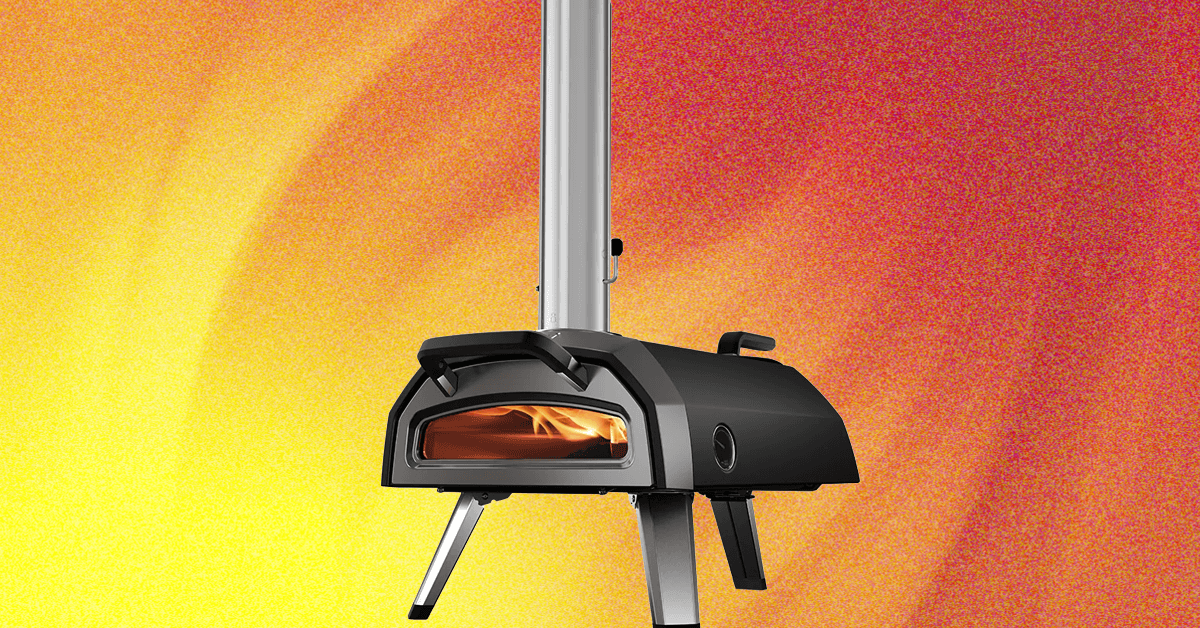An ancient cousin of man could use stone tools

The first fossilized remains of hands and feet of our distant cousin Paranthropus boisei , dating back to just over 1.5 million years ago , have been found in Kenya : they show that it walked upright , had human-like dexterity , and a grip strength equal to that of gorillas . It was likely able to produce and use stone tools similar to more primitive humans , even if it did not have the same specialized wrist anatomy . This is evidenced by a studypublished in Nature by an international team of experts led by paleoanthropologist Carrie S. Mongle of Stony Brook University in New York.
For over half a century, scientists have wondered whether Paranthropus boisei (known for its extremely powerful jaws and massive teeth, up to four times larger than ours) could make and use stone tools. The uncertainty arose because only fossil skulls and teeth were available, without much information about the rest of the skeleton.
"This is the first time we can confidently link Paranthropus boisei to specific hand and foot bones ," Mongle explains. "The hand demonstrates that it could form precision grips similar to ours , while retaining powerful grasping abilities more similar to those of gorillas, and the foot is unquestionably adapted for walking upright on two legs ."
The analysis shows that, although P. boisei had human-like hand proportions (which would have allowed it to manipulate stone tools like more primitive Homo species), it did not yet possess the specialized wrist anatomy seen in later humans and Neanderthals.
Researchers also believe that P. boisei ate a plant-based diet and that its gorilla-like grip allowed it not only to climb but also to work tough, fibrous plants with its hands.
ansa





